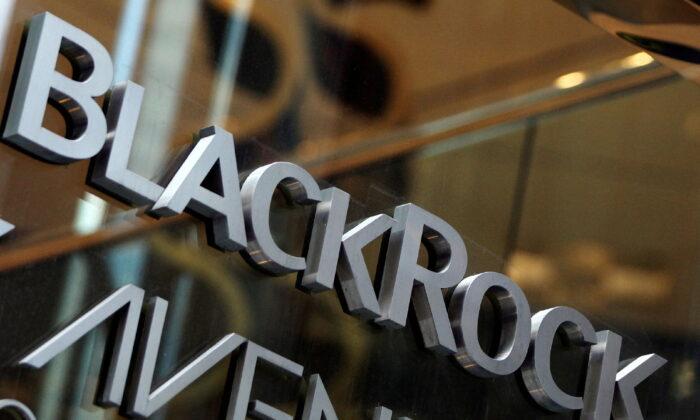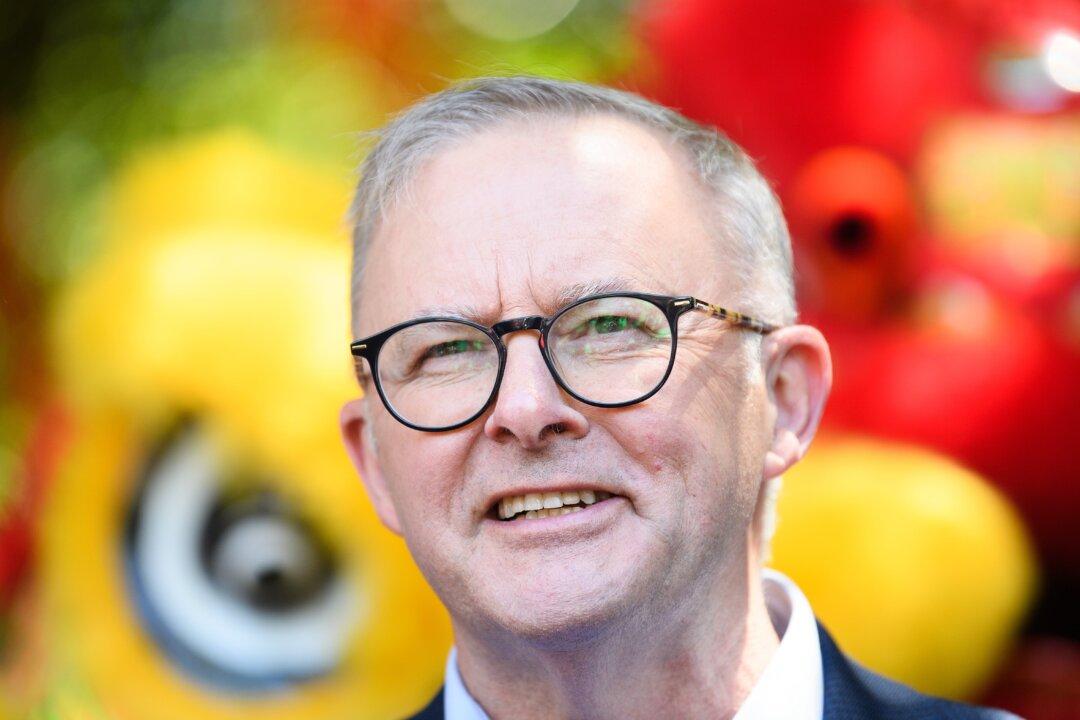U.S. investment giant BlackRock will invest $1 billion (US$701 million) into Australian battery projects after agreeing to acquire Melbourne-based Akaysha Energy.
Akaysha currently has nine projects across the country, with the most advanced being its 300-megawatt Ulinda battery in the Western Downs region of Queensland.
Its largest project is the 1,600 megawatt Orana battery in Wellington, central-west New South Wales, which can provide around eight hours of energy storage. The company also has another large-scale project in Palmerston, Tasmania.
Australia’s energy grid currently has 10 large-scale batteries hooked up to it.
Charlie Reid, the co-head of climate infrastructure at BlackRock Asia-Pacific, said there were US$400 billion in opportunities across the region.
“For our clients, we see tremendous long-term growth potential in the development of advanced battery storage assets across Australia and in other Asia-Pacific markets and look forward to working with Akaysha to ensure an orderly transition to a cleaner and secure energy future,” he said in a statement.
While Akaysha’s managing director, Nick Carter, said the Asia-Pacific was at the “dawn of its energy transition.”
Pushing Australia Down the Net-Zero Path
BlackRock said this initiative would contribute to the Labor government’s target for the energy grid to be 82 percent powered by renewable sources. Currently, coal-fired generation stands as the largest contributor to the energy grid, accounting for around 64 percent.Since being elected, the Labor government has pushed hard for the country to embrace more ambitious climate change policies.
Just a few weeks earlier, the federal Parliament managed to enshrine a new emissions reduction target into law—increasing the previous target of 26-28 percent by 2030, to 43 percent. The Labor Party needed the support of the left-wing Australian Greens to pass the law through the Upper House after the centre-right Coalition refused to back the Bill.
Energy Minister Chris Bowen has also earmarked several potential sites for offshore wind turbine construction.





